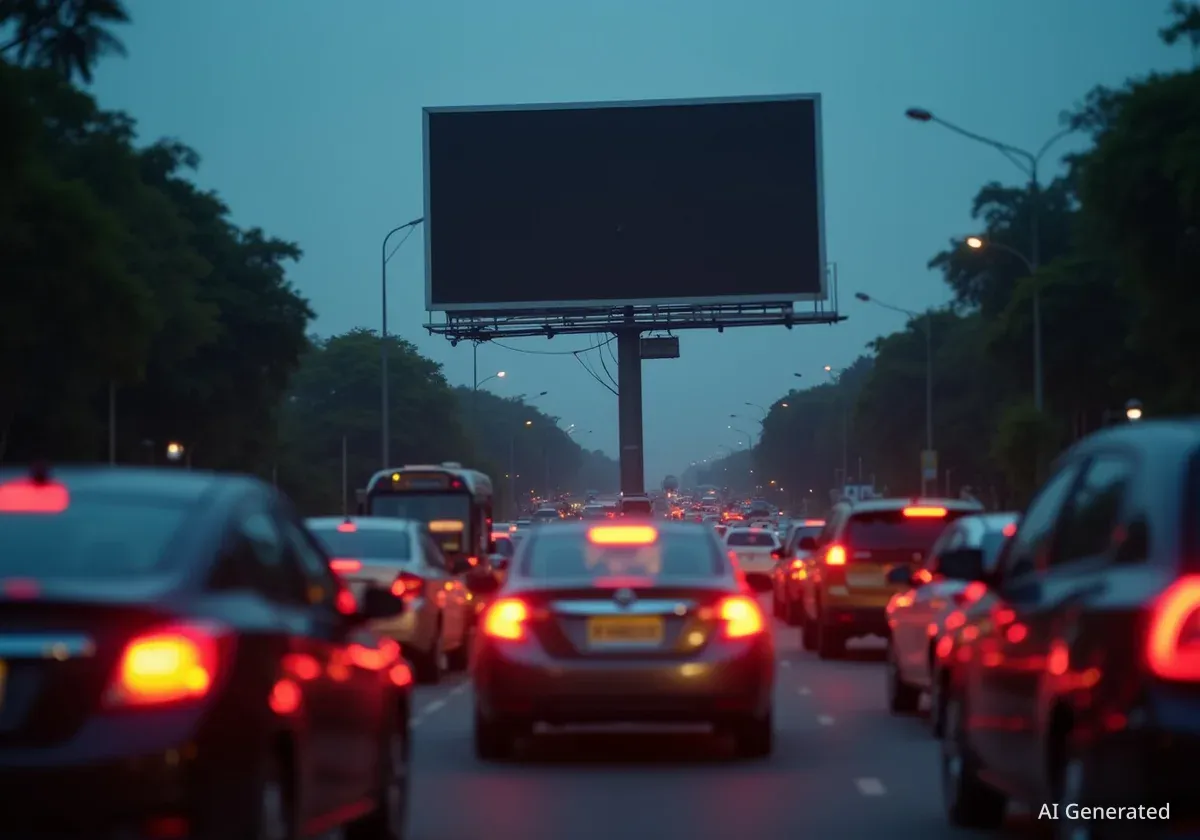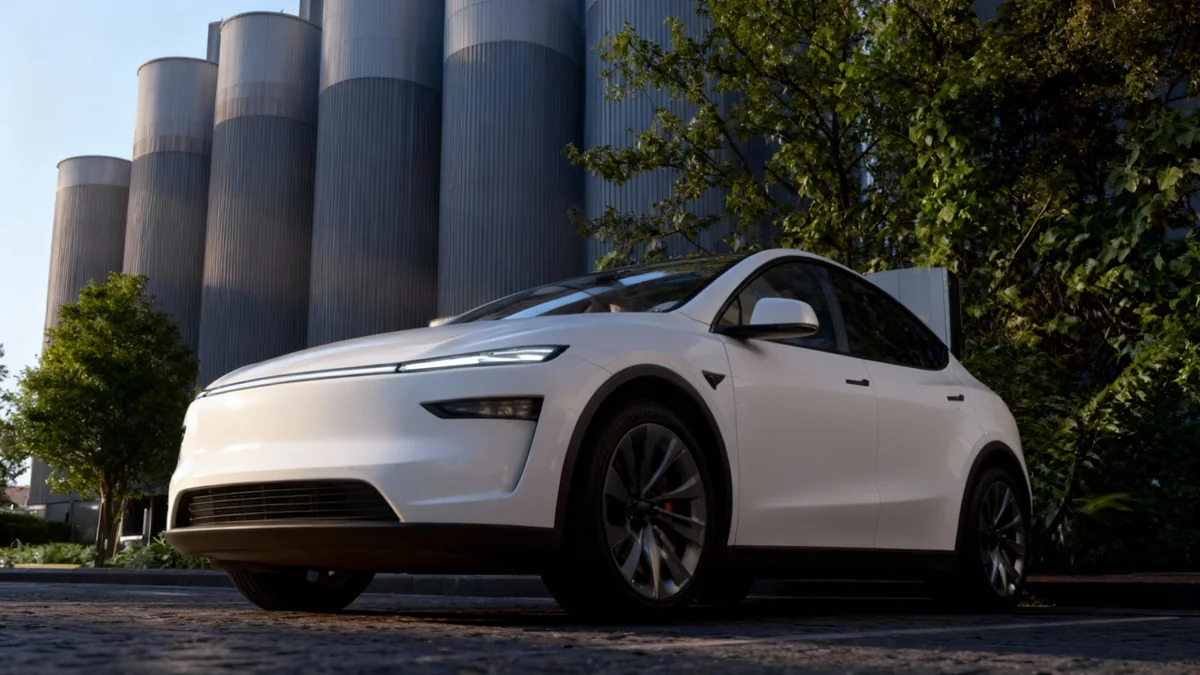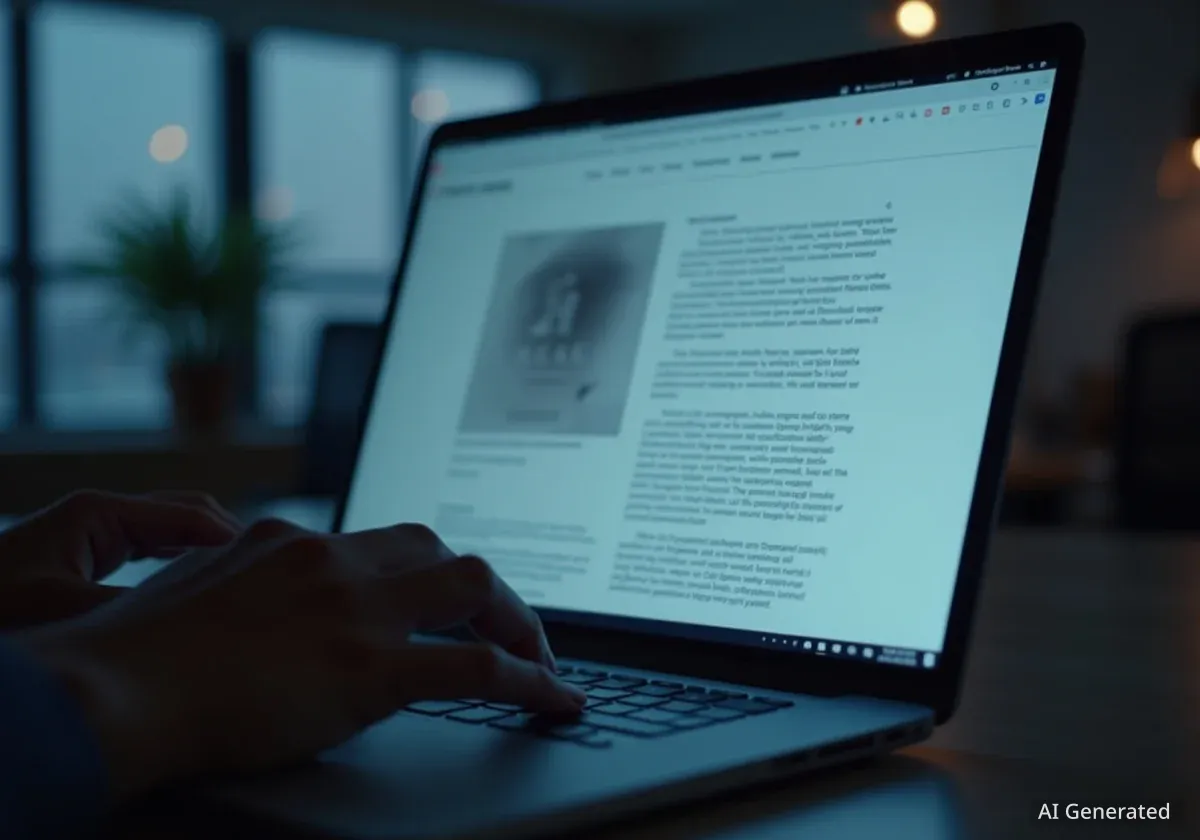A new artificial intelligence system is being tested at a major intersection in Bengaluru, India, using a large digital billboard to publicly display information about vehicles with unpaid traffic fines. The initiative, a collaboration between media company Signpost India and local authorities, aims to improve road safety and compliance by making outstanding violations visible to everyone.
Key Takeaways
- An AI-powered digital billboard has been installed at Trinity Circle in Bengaluru, one of the city's busiest junctions.
- The system scans vehicle license plates and cross-references them with government databases for unpaid fines, expired insurance, and overdue inspections.
- Violation details are displayed on a large public screen for all to see, creating a form of public accountability.
- The project addresses India's significant backlog of unpaid traffic fines, which amounts to hundreds of millions of euros.
- Vehicles with no outstanding issues are also acknowledged on the screen to encourage positive behavior.
How the AI System Functions
The innovative system is located at Trinity Circle, a key traffic hub in Bengaluru known for its high volume of vehicles. The technology, described as a Digital Out-of-Home (DooH) installation, integrates AI-powered cameras with a large LED display screen.
As vehicles pass through the intersection, high-resolution cameras automatically capture their license plate numbers. This information is then processed by an AI system in real-time. Within seconds, the system connects to official government databases to check the status of the vehicle.
The database check searches for several key compliance issues, including:
- Unpaid Traffic Fines: Any outstanding penalties for previous violations.
- Insurance Status: Whether the vehicle has a valid and current insurance policy.
- Vehicle Inspections: If the vehicle is overdue for mandatory safety or emissions checks.
The results of this instantaneous check are then displayed on the large billboard. For vehicles with violations, the details of their non-compliance are shown publicly. This approach leverages social pressure as a tool for enforcement.
What is Digital Out-of-Home (DooH)?
Digital Out-of-Home refers to digital media used for advertising and information in public spaces. This includes digital billboards, screens in transit hubs, and other displays outside the home. This project represents a shift for DooH technology from purely commercial use to a civic function within a smart city framework.
A Technological Answer to a National Problem
The implementation of this AI billboard is a direct response to a significant challenge across India: a massive backlog of unpaid traffic fines. The system is not designed to issue new penalties but to ensure that existing ones are addressed by making them impossible to ignore.
India's Traffic Violation Statistics
According to reports, India has a substantial amount of unpaid traffic penalties. Over 1.15 billion Euros in fines have been issued, with an estimated 864 million Euros remaining unpaid. The city of Bengaluru alone registered 8.29 million traffic violations in the past year, highlighting the scale of the issue at a local level.
By bringing this data into the public sphere, authorities hope to create a powerful incentive for drivers to settle their fines and ensure their vehicle documentation is up to date. The public nature of the display is intended to serve as a constant reminder of civic responsibility.
A Dual Approach to Driver Behavior
A notable feature of the system is that it doesn't only focus on non-compliance. While the project has been described by some as a "name and shame" tactic, it also incorporates positive reinforcement.
Vehicles that are scanned and found to be fully compliant, with no outstanding fines or expired documents, are publicly acknowledged on the screen. This positive feedback is designed to reward responsible drivers and encourage others to maintain a clean record. This dual-strategy aims to modify driver behavior through both accountability and recognition.
The system transforms a simple city junction into a real-time platform for accountability, using public information to encourage widespread compliance with traffic laws.
The Future of Smart City Solutions
The Bengaluru installation is currently a pilot program. Its success will be monitored closely by officials. If the system proves effective in increasing fine payments and improving overall compliance, the model could be expanded. The plan is to roll out similar AI-powered billboards across other major cities throughout India.
This project demonstrates how smart city technology can be applied to solve practical urban challenges. By repurposing digital advertising infrastructure for civic purposes, cities can find new ways to manage public services and enforce regulations. The initiative shows how digital media can evolve beyond advertising to become an integral part of urban governance and social improvement.
As cities become more technologically advanced, the integration of AI, data analysis, and public displays may become a more common tool for managing everything from traffic flow to public safety announcements, fundamentally changing the role of digital screens in the urban landscape.





